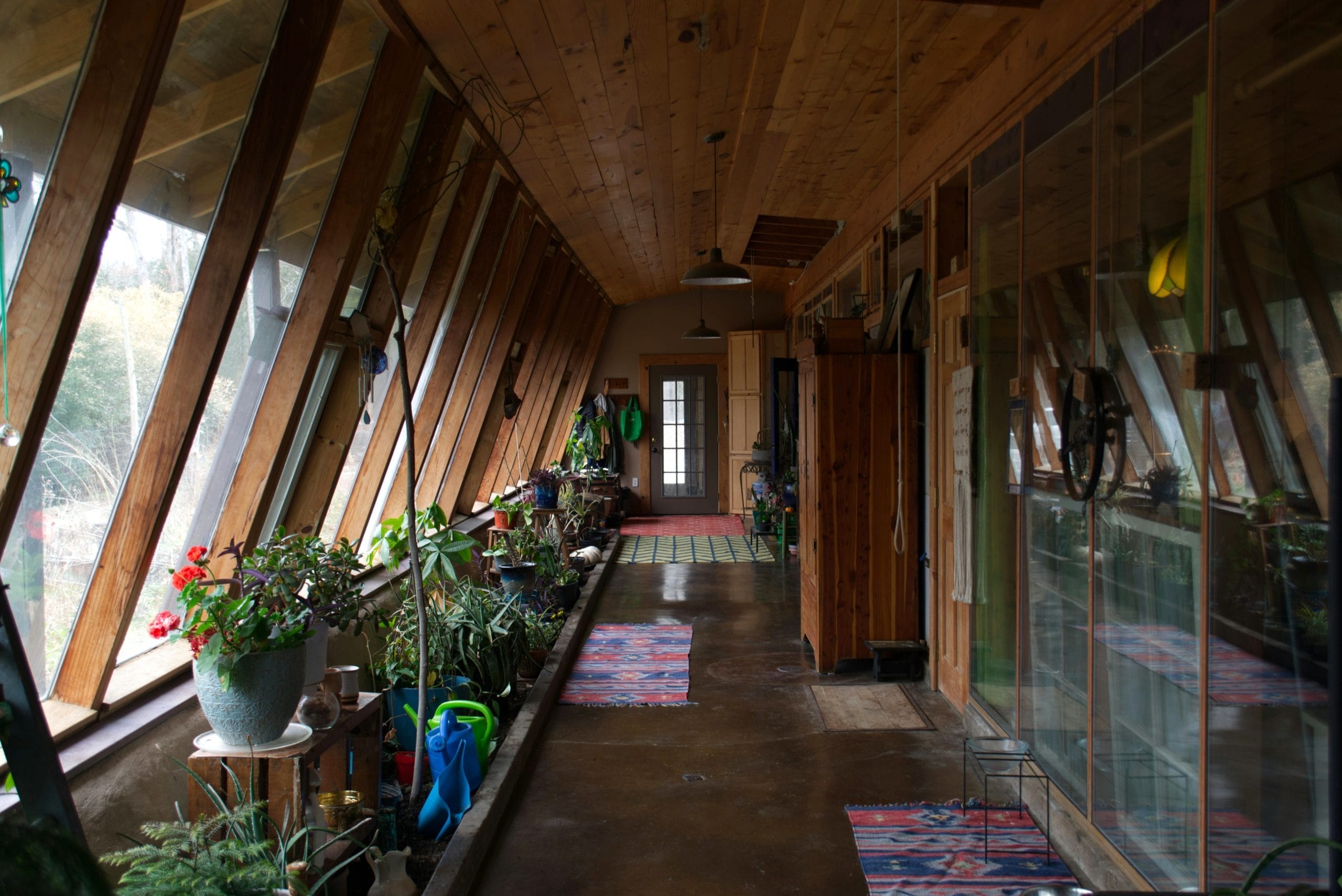This is the second part of a series of short essays based on conversations with ChatGPT, with an emphasis on the basics of self-reliance, self-sufficiency, and other critical considerations for all of us today – and in the near future. It was inspired by a story about the increasing number of cancelled “renewable energy” projects, totaling many billions of dollars.
We have better options. This discussion explores some of them and further inspired me to address other fundamental human needs – specifically, shelter.
This series covers energy, shelter, food, and water, followed by additional considerations such as medicine, community, skills, waste management, and alternative economies.
Part 1: Energy, Part 3: Food, Part 4: Water, Part 5: True Independence
Part 2: Shelter
Rediscovering Alternative Building Methods: Time-Tested Solutions for Modern Homes
Introduction
When people hear the term “alternative building methods,” they often assume it refers to something experimental, untested, or even risky. In reality, many of these so-called “alternative” techniques are rooted in traditions that have been successfully used for thousands of years across different cultures. From the earthbag homes of the Middle East to the timber-framed longhouses of Europe and the Americas, history offers us a wealth of knowledge on building durable, efficient, and regionally appropriate structures.
Yet, modern building codes, regulations, and industry standards have largely dismissed these methods in favor of mass-market construction that prioritizes efficiency, scalability, and industry profit over resilience, health, and sustainability. These codes are heavily influenced by political interests, corporate lobbying, and marketing forces rather than what is truly best for a given climate, landscape, or lifestyle. As a result, we now see a proliferation of homes that are costly to heat and cool, vulnerable to natural disasters, and built with materials that degrade quickly and are difficult to repair.
Fortunately, many builders, engineers, and homeowners are returning to these traditional methods, combining them with modern innovations to create homes that are energy-efficient, disaster-resistant, and built to last. In addition to building from the ground up, there is a growing trend toward remodeling, reclaiming, and revitalizing old homes and properties. Many rural areas worldwide have been abandoned or fallen into disrepair with the modern shift toward city life. However, there is increasing interest in reversing this trend—whether through homesteading or simply embracing a more nature-centric, self-sufficient lifestyle. By restoring and adapting older structures, people can often save on costs, preserve history, and reduce environmental impact while creating unique and functional living spaces.
Another crucial aspect of self-reliance and sustainability is the ability to source building materials directly from one’s own land. Many off-grid builders and homesteaders are utilizing timber from their properties to construct homes, barns, and other structures. This practice not only reduces costs but also allows for customized builds that align with the natural surroundings. Self-sufficiency in construction extends beyond just housing—it fosters a philosophy of independence, thriving in an environment tailored to personal values, priorities, and long-term sustainability goals.
This article explores some of the most effective and proven alternative building techniques, highlighting their benefits, considerations, and practical applications for different lifestyles and environments.
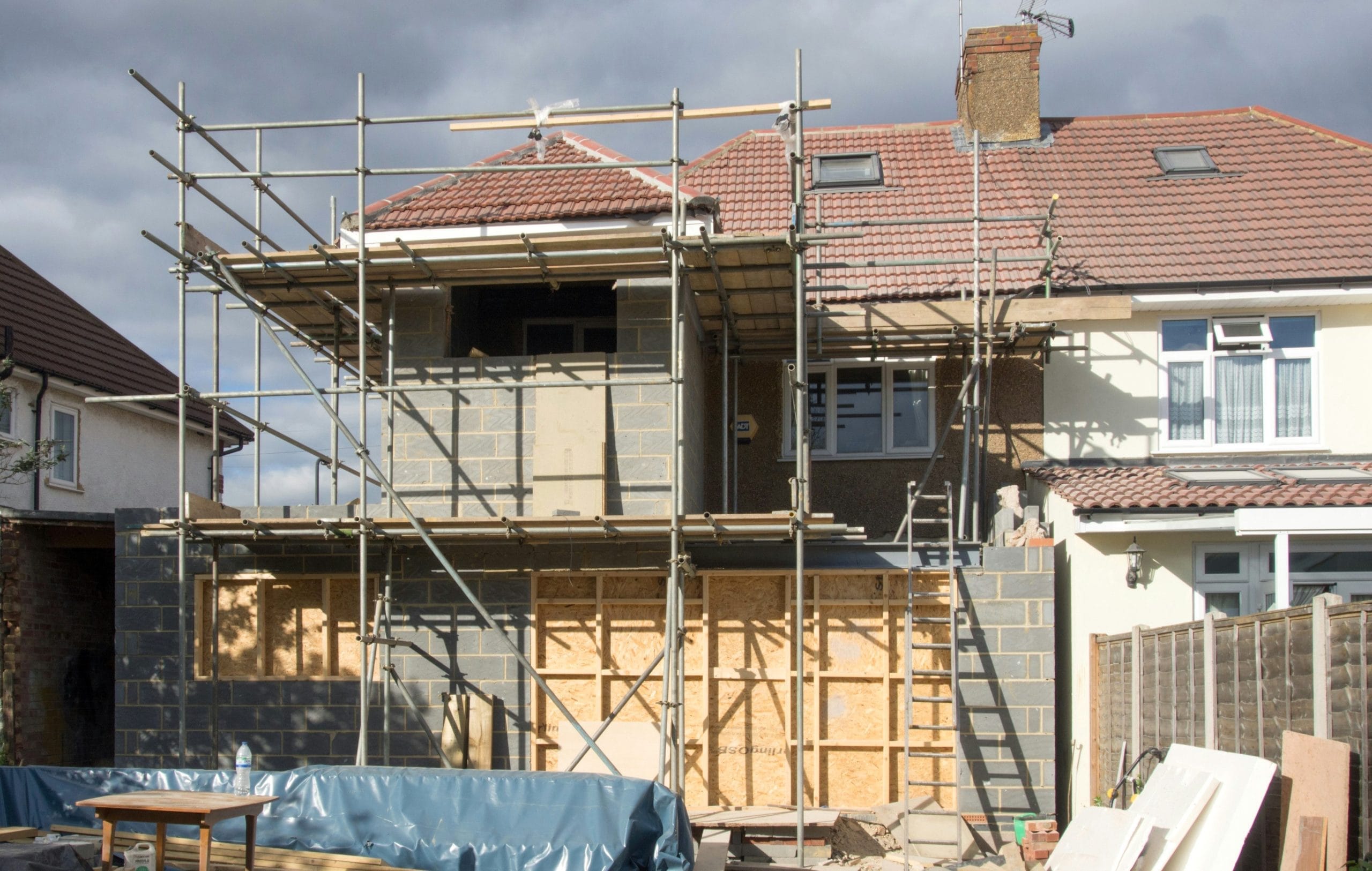
1. Renovating, Rebuilding, and Restoring Existing Properties
What It Is
Instead of building from scratch, many homeowners and developers are turning to existing structures—whether abandoned farmhouses, old barns, or neglected urban buildings—and giving them new life. This approach can include structural repairs, material repurposing, and modernizing while preserving historical or architectural significance.
Benefits
- Often more cost-effective than new construction, especially when using reclaimed materials.
- Preserves history and unique architectural styles that may no longer be replicated.
- Reduces the environmental impact by minimizing new material production and landfill waste.
- Can be adapted for modern energy efficiency with updated insulation, windows, and renewable energy sources.
Considerations
- May require extensive repairs depending on the condition of the property.
- Local building codes and historical preservation regulations can add complexity.
- Older materials, such as lead paint or asbestos, may need special remediation.
Further Research
- The New Old House: Historic & Modern Architecture Combined by Marc Kristal
2. Sourcing and Milling Lumber from Your Own Land
What It Is
Many off-grid builders and homesteaders are utilizing trees from their own properties for construction. This involves felling, milling, and curing the wood to create structural components for homes, barns, and outbuildings.
Benefits
- Reduces reliance on costly, commercially processed lumber.
- Ensures a direct connection to the land and sustainable forestry practices.
- Allows for customization of log or timber frame homes without mass-market constraints.
- Can be combined with other natural building techniques for enhanced sustainability.
Considerations
- Requires knowledge of tree species, proper cutting techniques, and drying times.
- On-site milling may need specialized equipment or hiring an expert sawyer.
- Requires land management to ensure sustainability and forest regeneration.
Further Research
- The Woodland House by Ben Law
- Websites: Wood-Mizer (www.woodmizer.com)
3. Cob Construction
What It Is
Cob is a mixture of clay, sand, straw, and water that is sculpted into thick, monolithic walls. It is one of the oldest building techniques, with examples in England, Africa, and the Middle East that have stood for centuries.
Benefits
- Excellent thermal mass, helping regulate indoor temperatures in both hot and cold climates.
- Fire-resistant, unlike modern wood-frame construction.
- Can be built with locally sourced materials, reducing costs and environmental impact.
- Highly customizable in terms of design and aesthetics.
Considerations
- Labor-intensive and requires a longer build time compared to conventional materials.
- Needs a proper foundation and roof overhang to prevent erosion from excessive moisture.
- Best suited for dry, temperate, or Mediterranean climates but can be adapted with proper design elements.
Further Research
- The Hand-Sculpted House by Ianto Evans, Linda Smiley, and Michael G. Smith
- Websites: The Cob Cottage Company (www.cobcottage.com)
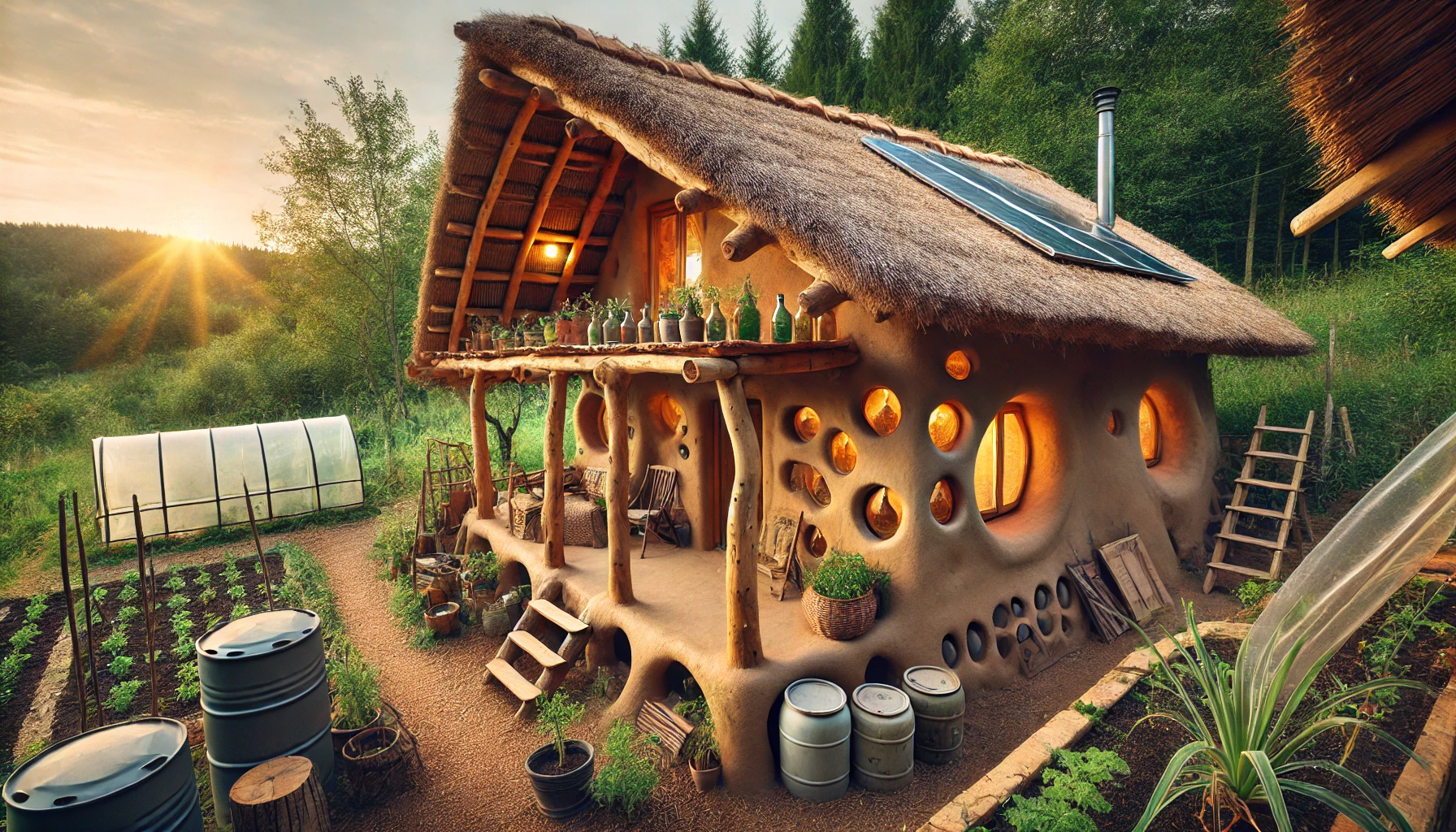
4. Straw Bale Construction
What It Is
Straw bale construction uses tightly packed bales of straw as insulation or as structural walls. This technique gained popularity in the 19th century and has been refined over time.
Benefits
- Extremely high insulation value (R-values of 30-50), reducing heating and cooling costs.
- Affordable and often uses agricultural waste as a primary building material.
- Highly fire-resistant when properly plastered.
Considerations
- Requires careful detailing to prevent moisture buildup and rot.
- Best suited for dry climates but can be adapted for wetter areas with appropriate construction techniques.
- Thicker walls reduce interior space slightly compared to conventional framing.
Further Research
- Build it With Bales by Matts Myhrman and S.O. MacDonald
- Websites: The Last Straw Journal (www.thelaststraw.org)
5. Earthbag Construction
What It Is
Earthbag building uses polypropylene bags filled with soil or other materials, stacked and tamped down to create highly durable structures.
Benefits
- Exceptionally strong and earthquake-resistant.
- Low-cost and often built with freely available materials.
- Suitable for a variety of climates, including arid and disaster-prone areas.
Considerations
- Labor-intensive, requiring tamping and proper reinforcement.
- Proper design is needed to mitigate water damage and UV degradation of the bags.
Further Research
- Earthbag Building: The Tools, Tricks and Techniques by Kaki Hunter and Donald Kiffmeyer
- Websites: Cal-Earth Institute (www.calearth.org)
6. Geodesic Domes
What It Is
Geodesic domes use a network of triangular components to form a spherical structure, maximizing strength and efficiency.
Benefits
- Extremely strong, withstanding heavy loads and extreme weather.
- Energy-efficient due to minimal surface area and superior air circulation.
- Quick construction time with prefabricated kits available.
Considerations
- Requires precision and careful planning for structural integrity.
- Dome interiors can be challenging for conventional furniture and layout design.
- Best suited for areas needing strong wind resistance or energy-efficient housing.
Further Research
- Domebook 2 by Lloyd Kahn
- Websites: Pacific Domes (www.pacificdomes.com)
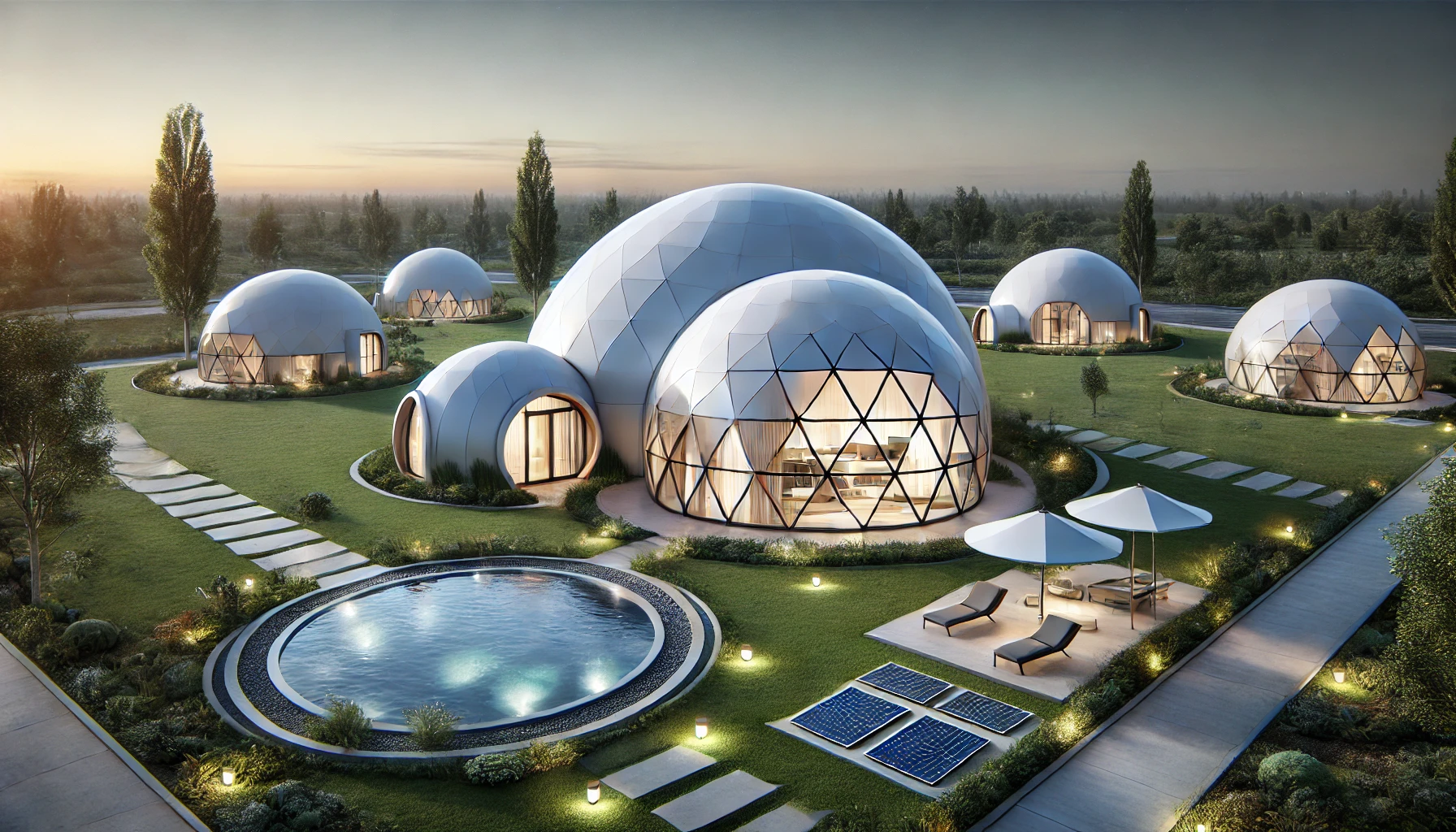
7. Earthships
What It Is
Earthships are passive solar homes constructed with natural and upcycled materials, emphasizing sustainability and self-sufficiency.
Benefits
- Operates off-grid with built-in renewable energy, water harvesting, and waste treatment.
- Uses recycled materials like tires, bottles, and cans to create thermal mass walls.
- Provides superior insulation and temperature regulation year-round.
Considerations
- Requires specialized knowledge and labor for construction.
- Not easily adapted to humid or heavily wooded regions.
- Permitting can be a challenge in some jurisdictions.
Further Research
- Earthship: Volume 1 by Michael Reynolds
- Websites: Earthship Biotecture (www.earthshipglobal.com)
8. Rammed Earth
What It Is
Rammed earth involves compressing a mixture of soil, sand, and a small amount of cement or lime into forms to create solid, dense walls.
Benefits
- Extremely durable, with structures lasting centuries.
- Fireproof, pest-resistant, and nearly maintenance-free.
- Provides superior thermal mass and soundproofing.
Considerations
- Requires specialized knowledge and equipment for proper compaction.
- Higher initial labor and material costs compared to other earthen building methods.
- Best suited for arid or semi-arid regions but adaptable with modern technology.
Further Research
- Rammed Earth House by David Easton
- Websites: Earth Building Association of Australia (www.earthbuilding.org.au)
9. Timber Frame Construction
What It Is
Timber framing uses large wooden beams connected through joinery rather than nails or screws, a technique that has been used for centuries in Europe and Asia.
Benefits
- Exceptionally strong, lasting for centuries with proper care.
- Aesthetic appeal with exposed wood beams.
- Works well in a variety of climates and can be combined with other building techniques.
Considerations
- Requires skilled craftsmanship and is labor-intensive.
- Wood must be properly sourced and maintained to avoid rot and pests.
- Typically more expensive upfront compared to standard stick-framing methods.
Further Research
- Timber Framing for the Rest of Us by Rob Roy
- Websites: Timber Framers Guild (www.tfguild.org)
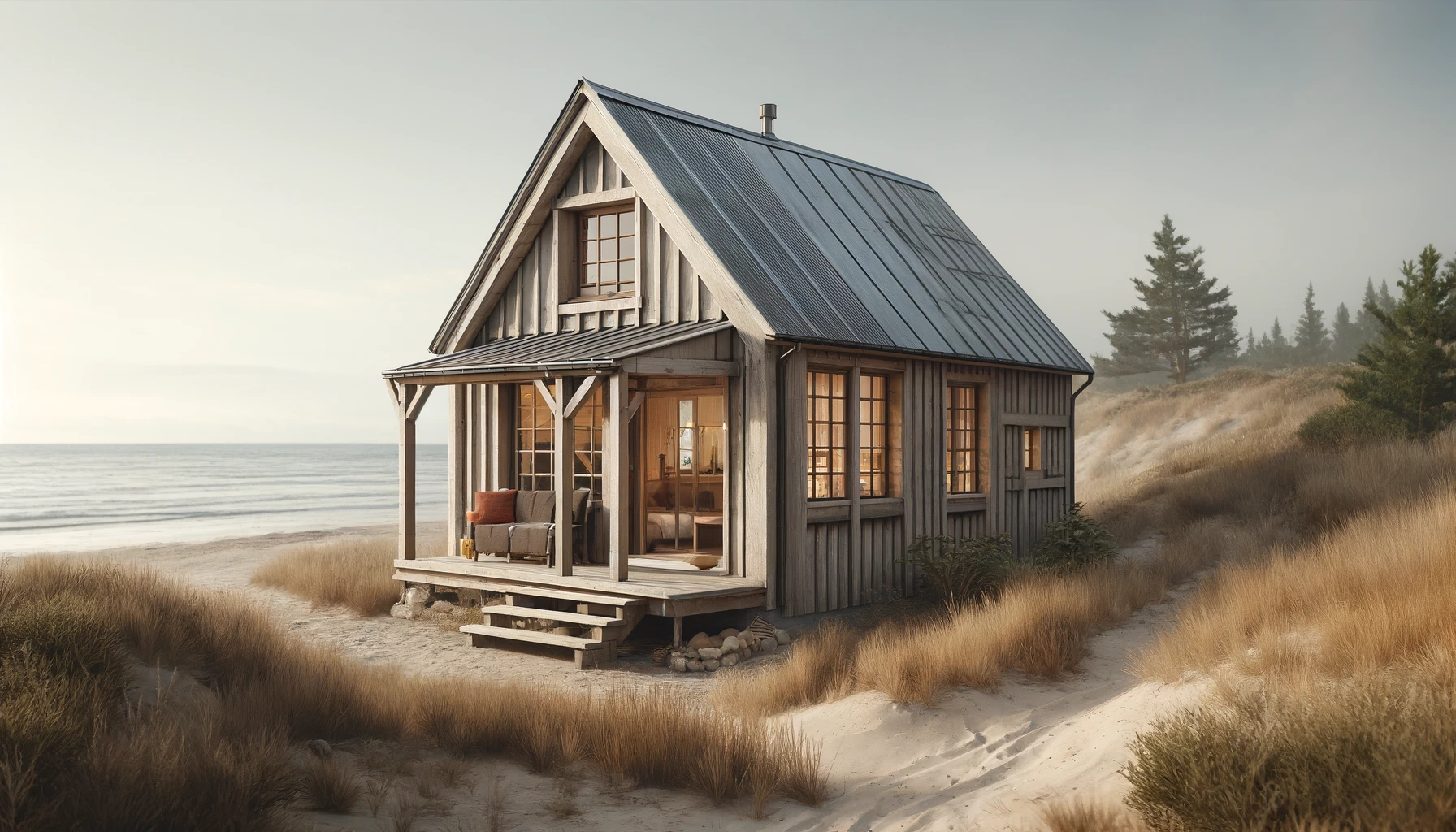
Conclusion
The modern housing industry has largely abandoned time-tested building techniques in favor of materials and designs that prioritize profit margins over durability, energy efficiency, and regional suitability. However, alternative building methods provide a practical, proven, and often superior way to construct homes that are more resistant to disasters, more energy-efficient, and often healthier to live in. Additionally, reclaiming and restoring older structures offers a valuable path for those looking to preserve historic homes while creating functional, comfortable living spaces.
Self-reliance and sustainability extend beyond simply selecting a building method—it involves a philosophy of thriving in an environment tailored to one’s unique values and long-term priorities. Whether through natural construction, sourcing materials from one’s land, or revitalizing old homes, the goal is to create living spaces that foster independence and resilience.
For those interested in pursuing these methods further, the books, websites, and organizations listed above offer a solid foundation for deeper study and practical implementation.
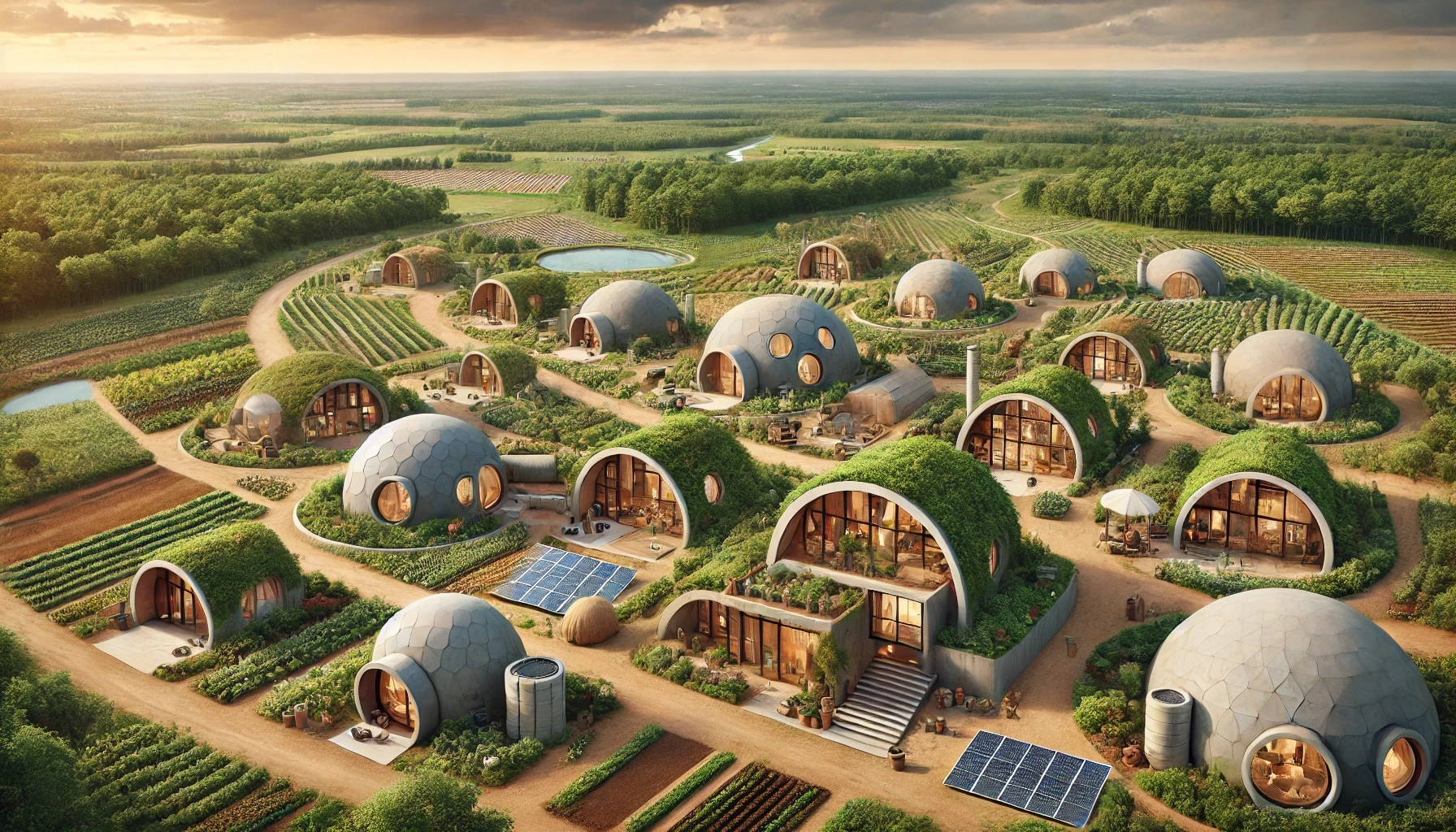
Continue reading the series:
Part 1: Energy, Part 3: Food, Part 4: Water, Part 5: True Independence
